 COMMUTERS wait for the bus at the EDSA Busway Nepa Q-Mart station in Quezon City, Feb. 26. — PHILIPPINE STAR/MIGUEL DE GUZMAN
COMMUTERS wait for the bus at the EDSA Busway Nepa Q-Mart station in Quezon City, Feb. 26. — PHILIPPINE STAR/MIGUEL DE GUZMANBy Ashley Erika O. Jose, Reporter
THE PHILIPPINES’ ambition to reshape and modernize the long-neglected mass transportation system is still in limbo but analysts say it may still be achievable if the government recalibrates its approach.
“It is not easy to commute in the country, it’s a struggle, it is not safe,” former Transportation Secretary Vivencio “Vince” B. Dizon said, echoing the sentiment of millions of Filipinos who endure long lines at rail stations and hours of traffic in congested streets.
Mr. Dizon, who took the helm of the Department of Transportation (DoTr) in February 2025, said they’re now focusing on fast-tracking its projects and implementing improvements.
“We are continuing our efforts to complete projects that will better the commuting experience of the public,” he added.
The government is refining the feasibility studies of its stalled and long-delayed projects to ensure the completion of the DoTr’s priority projects by 2028.
For instance, the agency is working on a new study for the Mindanao Railway project — one of the country’s most awaited rail projects — to assess the feasibility of the use of more modern and environment-friendly trains.
The original plan for the Mindanao Railway involved diesel-powered trains but projects involving non-electrified railways are having difficulty attracting investors over global warming concerns.
“Almost the entire Mindanao will benefit when (the Mindanao railway project) is fully completed. Rail is good for such a big island like Mindanao, with huge passenger and cargo demand in many provinces,” Nigel Paul C. Villarete, senior adviser on PPP (public-private partnership) at the technical advisory group Libra Konsult, Inc. told BusinessWorld.
The Mindanao railway system is considered a good project for Mindanao as the rail line will cover a sizable demand.
The DoTr has said earlier that it is considering enlisting the private sector for the Mindanao railway project as the government scrambles to put together funding after China bowed out of the project.
The Public-Private Partnership Center said it expects the completion of the feasibility study for the third phase of the Mindanao Railway project within this year.
Only phase three of the Mindanao Railway project is being considered for PPP, the agency said, noting that phases one and two will still be funded through official development assistance.
“As for the Mindanao railway, I can’t understand what’s taking so long to decide. It’s an easy project, simple and easy to plan and to determine feasibility. I suspect the difficulty is getting consensus and support. It covers the entire Mindanao, with so many provinces, and more governors and mayors,” Mr. Villarete said.
The first phase of the Mindanao Railway project, valued at P83 billion, will run from Tagum, Davao del Norte to Digos City, Davao del Sur. It is expected to carry 122,000 passengers per day and cut travel time between Tagum and Digos to one hour from three hours currently.
Mr. Villarete said it may be difficult to get a consensus on the Mindanao railway project, adding that a comprehensive study should be done by independent parties and experts.
“The DoTr is wriggling its hands. It’s not a question of what kind of railway to build (or what fuel). They’re hesitating because they’re not sure if this is the right decision,” Mr. Villarete said.
Rene S. Santiago, former president of the Transportation Science Society of the Philippines, said that the government should focus on completing projects that are feasible, especially for Mindanao which has yet to see its first rail line.
“Mindanao needs real improvement on its overall transport network, not more paper dreams. With less than three years to go, the administration should focus its energies on completing projects already on-stream,” he said.
RAILWAY RENAISSANCE
The current administration had promised a railway renaissance by highlighting projects like the Mindanao Railway, Metro Manila Subway project, the Metro Rail Transit Line (MRT-7), MRT-4, and the North-South Commuter Railway (NSCR).
However, none of these projects are expected to be completed soon, as the DoTr’s rail projects are hounded by many challenges including lack of funding, right-of-way (RoW) issues, and unfinished feasibility studies.
Approved in 2019, MRT-4 has yet to break ground as the agency is still working to secure loans for the project which was then estimated at more than P50 billion. The rail line covers 12.7 kilometers from the Epifanio de los Santos Avenue (EDSA)-Ortigas Ave. junction to Taytay, Rizal, will have 10 stations and is expected to serve more than 400,000 daily ridership.
The NSCR will likely be delayed by four years, Mr. Dizon said previously, after the project reached a 50% completion rate to date for the Manila-Clark segment. This project may now see partial operations by the end of 2026 or early 2027.
The 147-kilometer NSCR will connect Malolos, Bulacan with Clark International Airport, and Tutuban, Manila with Calamba, Laguna. The P873-billion project is co-financed by the Japan International Cooperation Agency (JICA) and the Asian Development Bank. It will have 35 stations and three depots.
For now, the DoTr said it is hoping to fulfill this administration’s promise of a modernized transportation system by expanding its focus outside Metro Manila particularly in Cebu and Davao.
BUS RAPID TRANSIT SYSTEM
Bus rapid transit (BRT) systems like the EDSA Busway are touted as one of the most important modes of transportation in the country as these are a more reliable and faster means of public transport.
Data provided by the Transportation department showed that the EDSA Busway served more than 63 million passengers alone in 2024, or about 177,000 commuters daily.
The EDSA Busway, a dedicated bus lane along Metro Manila’s busiest thoroughfare, is seen as a crucial step towards a progressive public transportation system with 23 stations operating round-the-clock.
The DoTr is planning to privatize the operations and maintenance of the EDSA Busway, although the plan is currently on hold for now as the agency plans to focus on rehabilitating the busways’ stations first.
The EDSA Busway Project initially involved the financing, design, construction, procurement of low-carbon buses, route planning, and operations and maintenance of the busway, PPP Center said.
For big cities with many commuters, the EDSA BRT project will directly affect commuters and business by 2028, transportation analysts said.
“Hopefully the Quezon Avenue BRT and its continuation and connection directly to Manila. For Metro Cebu, it’s the Cebu BRT, of course,” Mr. Villarete said.
DoTr’s Mr. Dizon said that the agency is targeting to start the rehabilitation of EDSA Busway stations within this year, spending as much as P253 million for the upgrade of up to four stations.
“I sincerely believe the BRT projects in Metro Manila and Cebu will make the most difference and benefit the most number of passengers,” Libra Konsult’s Mr. Villarete said.
Mr. Villarete said the government’s BRT projects will bring real economic viability while also improving passenger experience.
“People will accept with real certainty that the BRT both the EDSA and Cebu exhibited the highest ratings when evaluated and approved by the Department of Economy, Planning, and Development (DEPDev) board,” he said.
Mr. Villarete said that despite the existing railway lines passing through EDSA, the passenger share of the regular buses remains very high.
Aside from upgrading EDSA Busway stations, the DoTr is also eyeing its expansion by adding more bus stops in the southern portion of the Metro, according to Mr. Dizon. He said the agency will add two more stations by 2026.
MORE BUSWAYS
The Transportation department is also considering the construction of a busway along España Boulevard in Manila and Quezon Avenue in Quezon City. Mr. Dizon said the feasibility study for the project is expected to be completed as early as next year, noting that the Asian Development Bank is helping the DoTr to assess the viability of this plan.
In 2022, the DoTr shelved its planned Metro Manila BRT project due to lack of progress during the pandemic, and after the loan for the project expired that year.
The government had planned to construct a 12.3-kilometer segregated bus lane from Manila City Hall to Philcoa in Quezon City, which can serve up to 290,000 commuters daily.
For urban transport and mobility group AltMobility PH, all projects — commuter rail, subway, public utility vehicle modernization program, bus rapid transits, bike lanes, sidewalks — should be integrated as a whole, with the clear objective of prioritizing the public.
“No single project can solve our transport woes on its own, so it’s always important to consider a network-wide impact,” AltMobility PH Director Patricia Mariano said in an interview.
Maria Golda Mier Hilario, said director for Urban Development for Institute of Climate and Sustainable Cities (ICSC), the completion of MRT Line 7, the Metro Manila Subway and the Cebu BRT would really advance the country’s transportation network.
“The impact will be very tangible — more people are moved, traveling time will be greatly reduced, less road congestion since it will be faster and more convenient to take public transport than be stuck in traffic and to look for available car parking. This will reduce stress on the road and decongest our streets,” Ms. Hilario said.
However, big-ticket infrastructure projects are only one side of the equation, Ms. Hilario said, adding that public transport terminals and connectivity are the missing puzzle pieces, but the government has yet to address the lack of first-mile, last-mile connectivity solutions.
“As early as now, if we also fix the system and not just wait for big-ticket transport projects to finish, by improving accessibility of transit stops and terminals, unified ticketing system, better way finding, and integrating feeder routes into these main public transport routes — the potential benefit of these big-ticket transport projects will be immense,” she said.
AltMobility PH’s Ms. Mariano said that there is also a need for a whole-of-government approach between agencies, noting that a lot of mobility projects are tied to where and how the Department of Public Works and Highways build roads, how the local government and the Metropolitan Manila Development Authority manage and prioritize traffic; and how the Department of Human Settlements and Urban Development approves of land use.
Modernizing the transport system is more than just building the infrastructure, ICSC said.
“Improvements of the busway through the PPP is a good start. The efforts of the DoTr to explore different payment systems like e-wallets are also commendable,” Ms. Hilario said.
“If we really want to improve and modernize the country’s transportation system, we also need to fully integrate the jeepneys, UV express as feeders to main public transport modes. Integration is key.”

 5 hours ago
1
5 hours ago
1

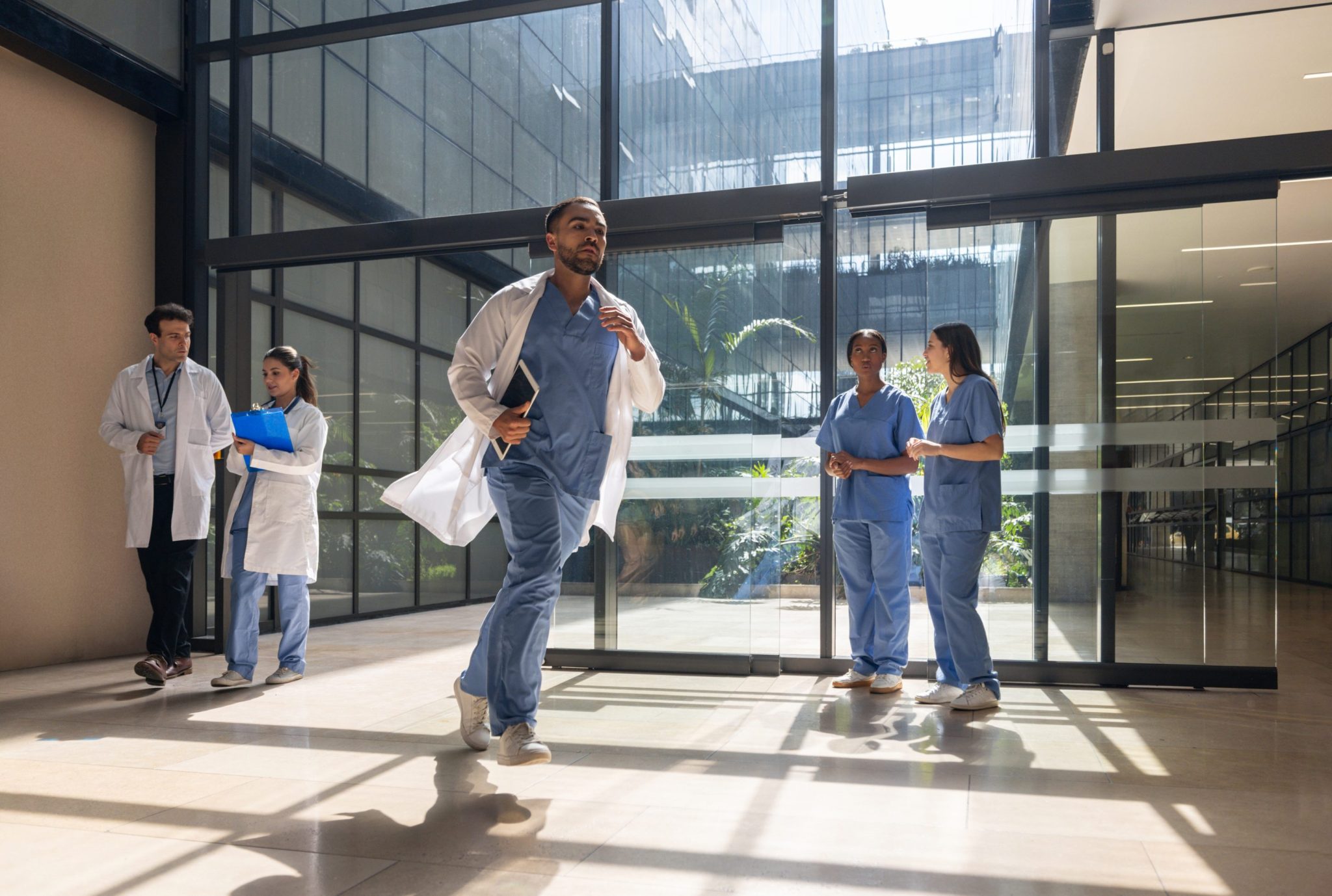
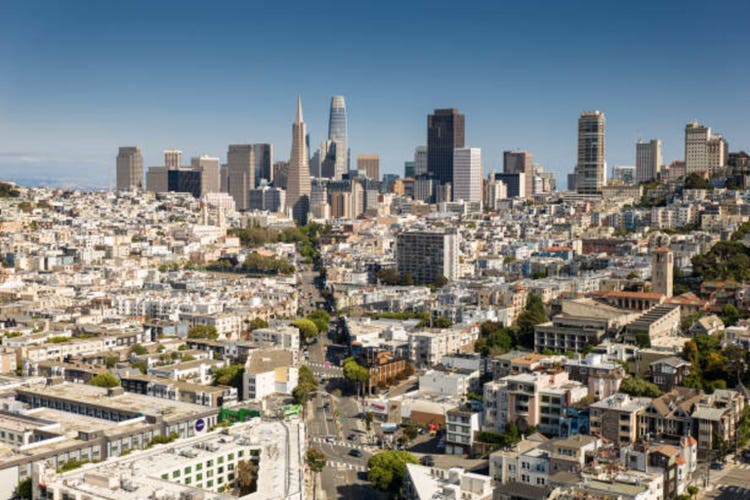
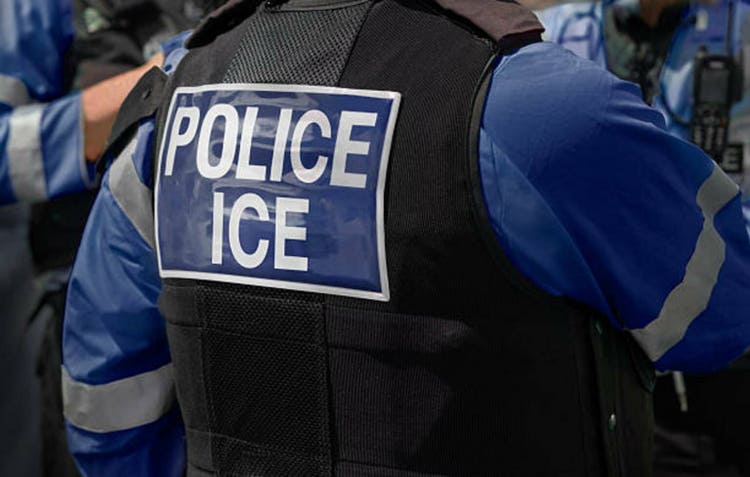

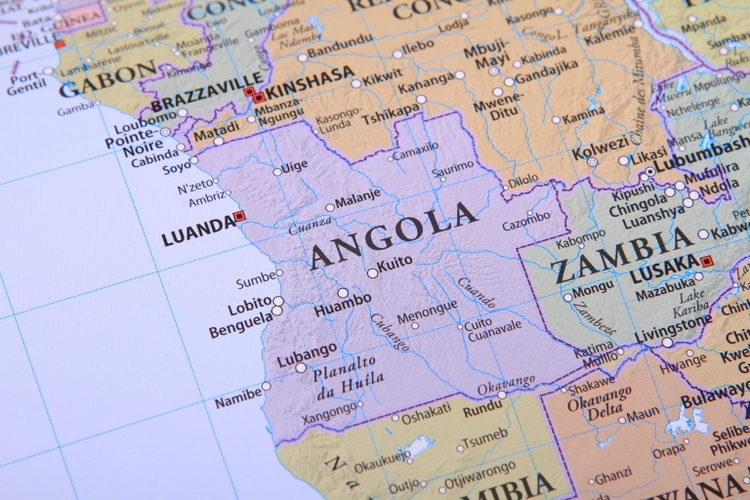
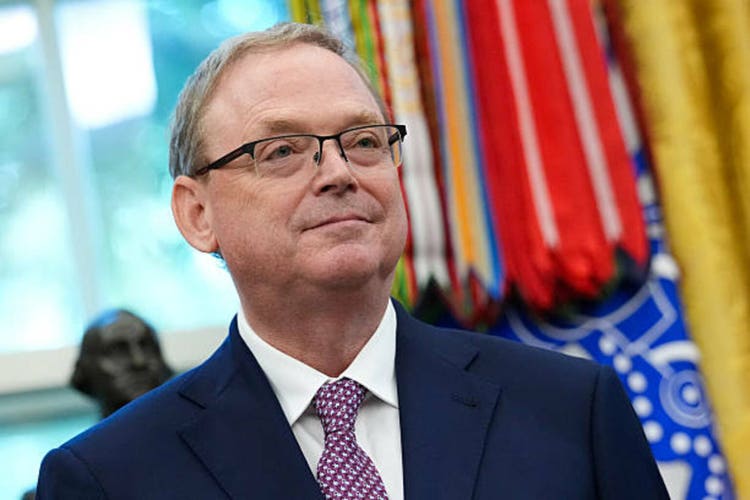
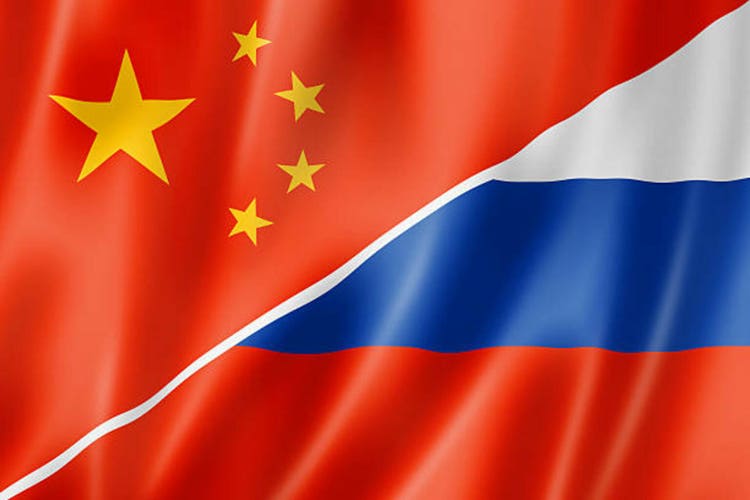


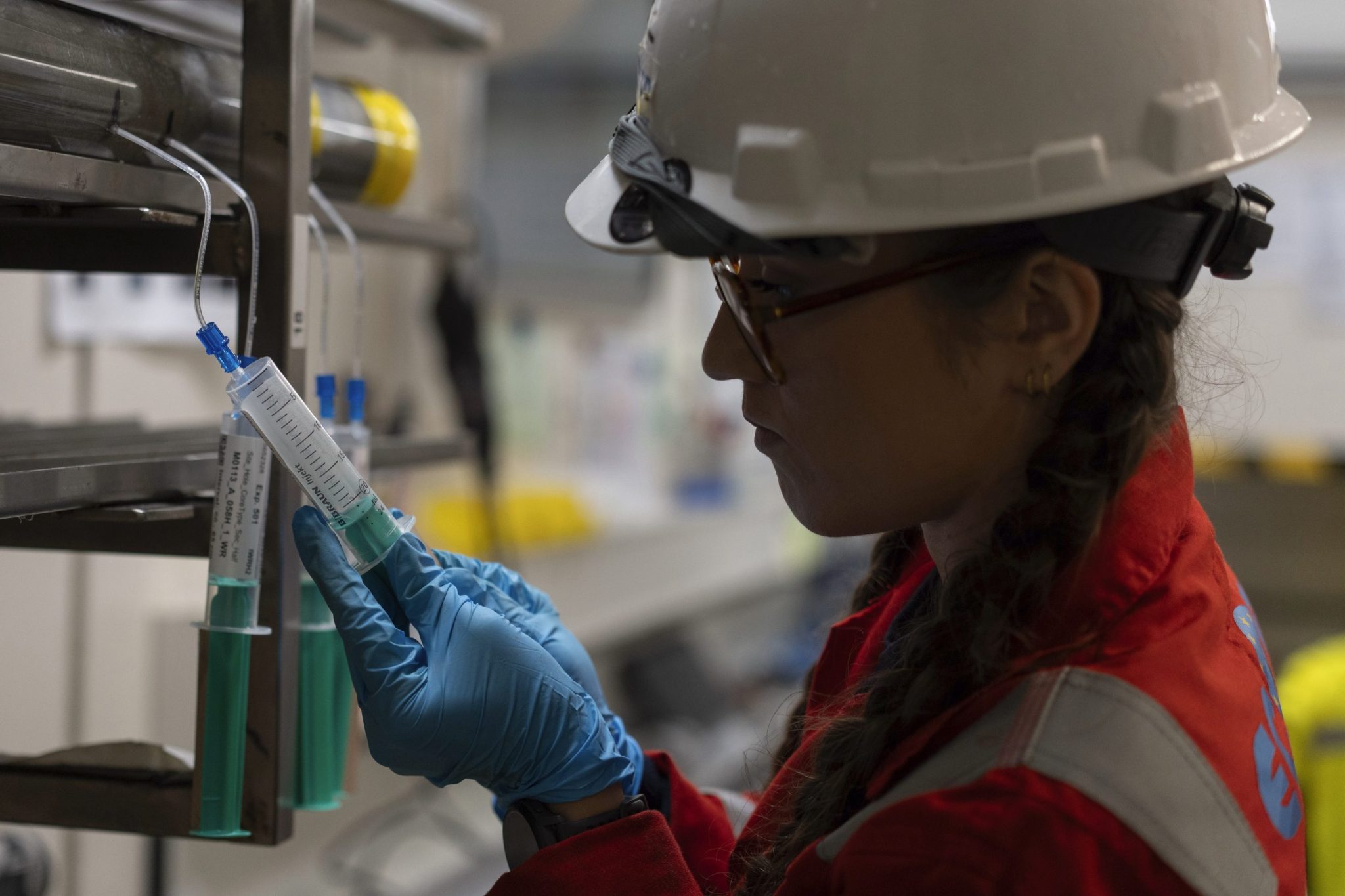



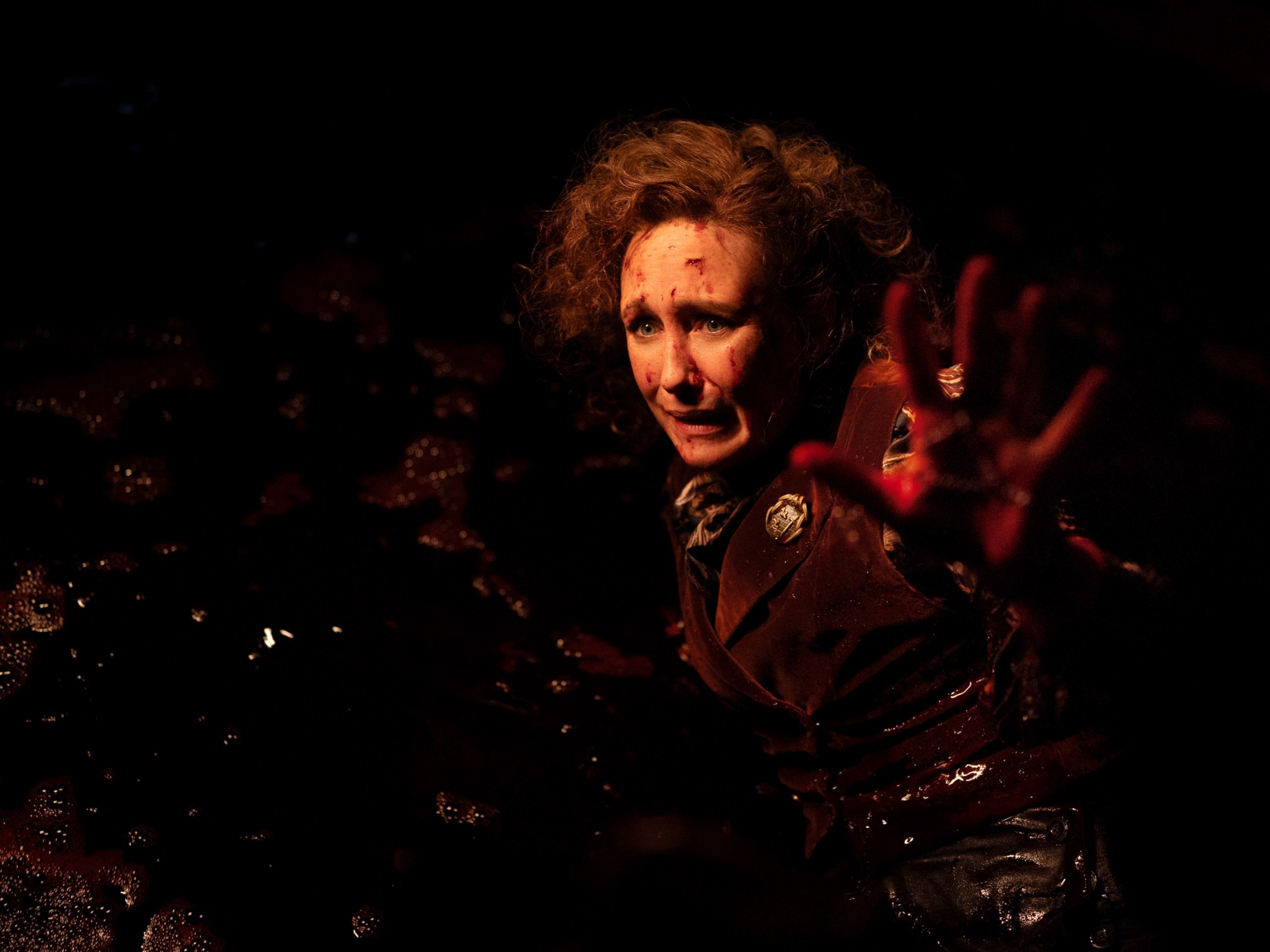

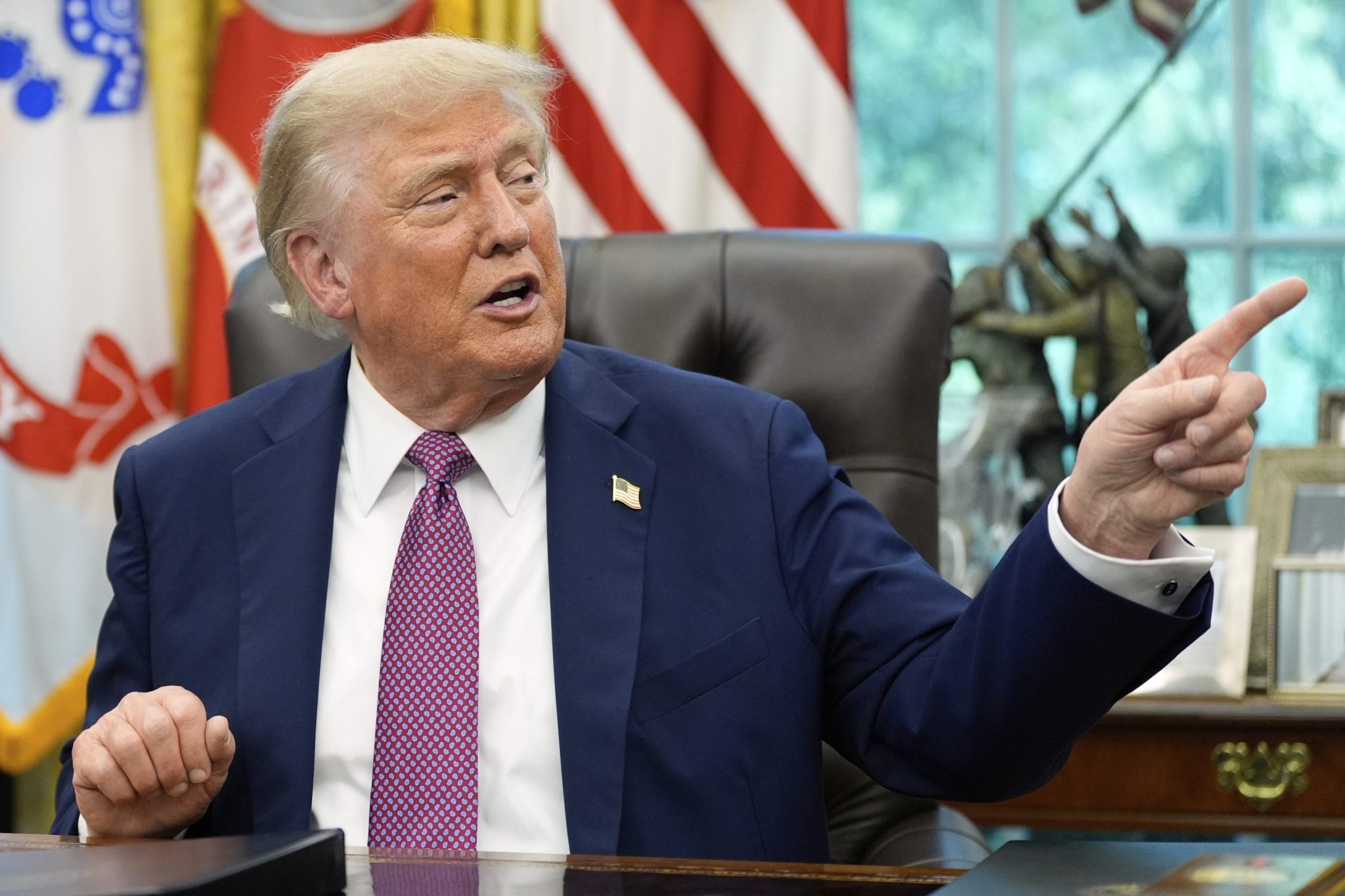

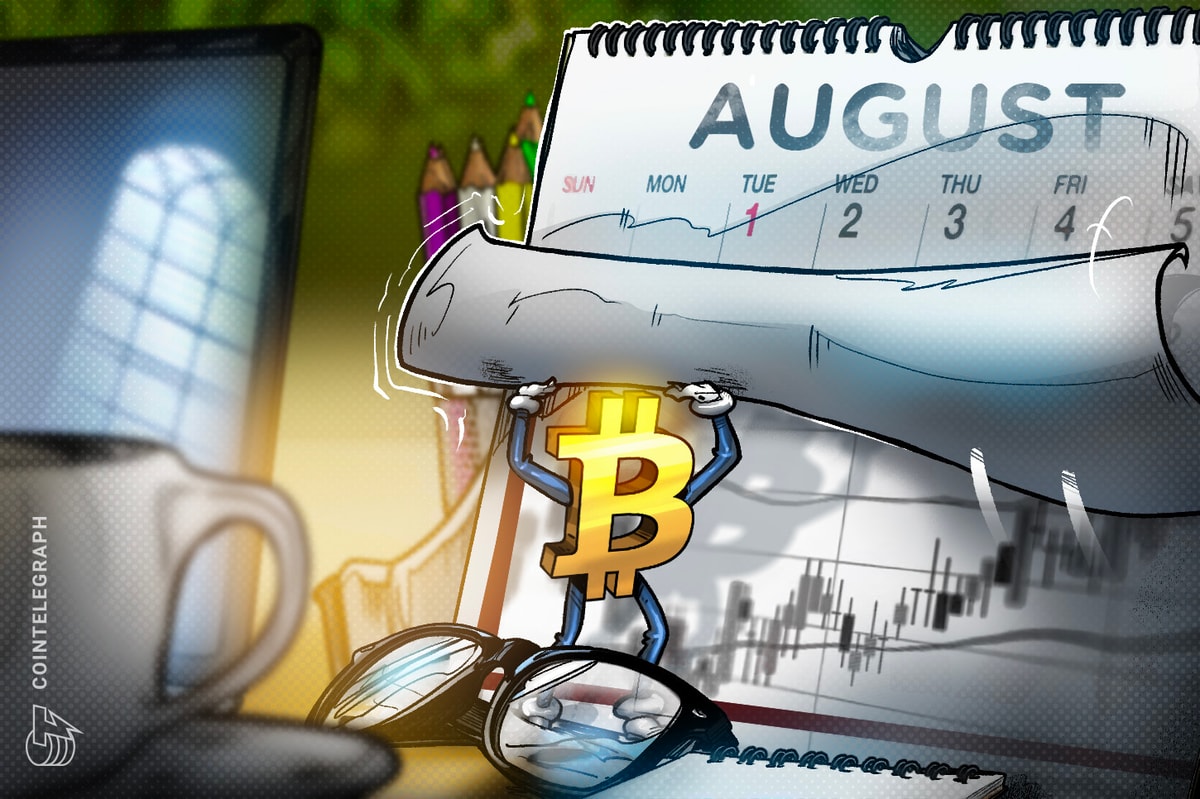
 English (US) ·
English (US) ·